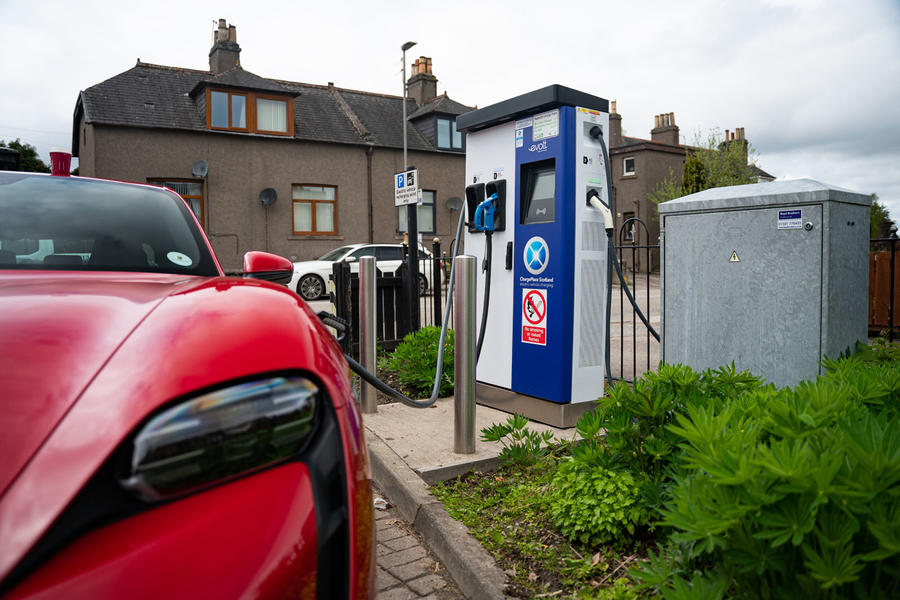The fleet industry previously said AERs had not kept up with rising energy prices
Quarterly reviews will use ONS domestic electricity data to work out business mileage
HMRC has confirmed its new methodology for calculating advisory electric rates (AERs) for business drivers using EVs.
It told Autocar Business that it will use figures published in the Office for National Statistics (ONS) quarterly index for domestic electricity, which forms part of the Consumer Price Index.
“The AER value is calculated using the quarterly ONS energy figures and the electrical energy consumption values for each car model, provided by the Department for Transport,” said an HMRC spokesperson, via email.
Senior members of the fleet industry were unaware of exactly how HMRC would calculate AERs since it moved from annual to quarterly reviews in December 2022. At the time, Paul Hollick, chair of the Association of Fleet Professionals (AFP), said: “We still don’t know where they are going to get their data to do it quarterly.”
Responding to the use of ONS figures, he said he was “pleased that they’re using industry indices” but planned to compare it with the outgoing process to see how much difference it would make.
AERs were introduced in 2018 as a simple way to refund business mileage for electric car drivers – the EV equivalent of advisory fuel rates (AFRs) for petrol and diesel cars. They were previously issued in November and based primarily on data from the Department for Business, Energy and Industrial Strategy (BEIS).

HMRC switched to quarterly reviews – in line with AFRs – in December, and increased AERs from five to eight pence per mile. The move followed calls from the fleet industry that rates had not kept pace with rocketing energy prices, as Autocar Business reported in September 2022.
The AFP and the British Vehicle Rental and Leasing Association (BVRLA) have repeatedly campaigned for higher AERs. While they welcomed December’s increase and the switch to quarterly reviews, they believe eight pence per mile is sufficient only for car drivers with domestic charging facilities.
“We effectively asked for four rates,” said Hollick, “one for cars that have access to home charging, a rate for cars without… then a rate for vans with home charging, and a rate for vans without. We continue to push that agenda.”
He said AERs should extend to 14-16p to reflect the latter cases, “especially in the winter, at 34 pence per kilowatt, with a sink unit in the back”.
The first quarterly review of AERs is due in March. At the time of writing, the Consumer Price Index quarterly fuel components report showed a 54% year-on-year increase in its most recent price indices for electricity, from 169.7 points in July-September 2021 to 261.3 points for the same period in 2022.
Source: Autocar
